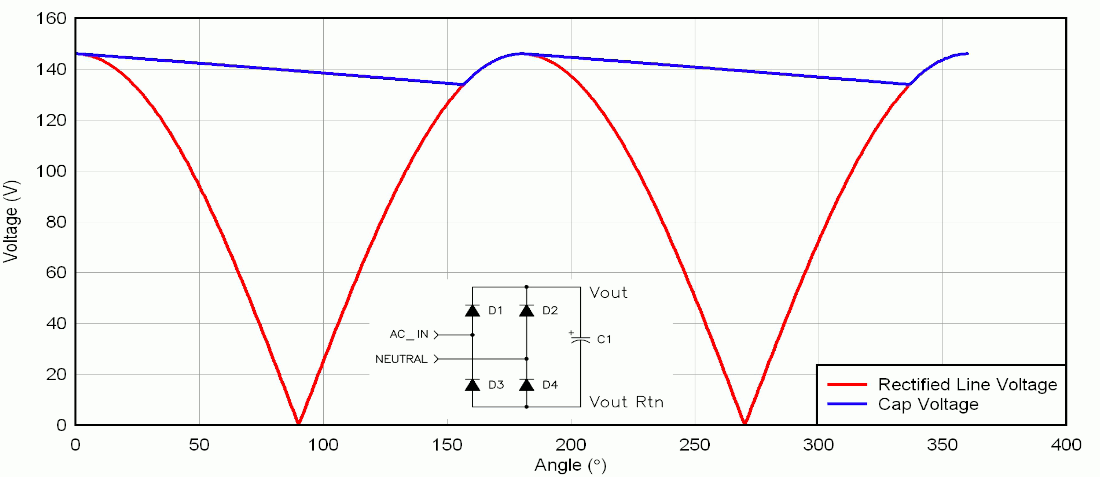A sudden surge of voltage called overvoltage can cause a buildup of pressure in the sealed aluminum that makes up the outer casing of the capacitor which can lead to overheating damage to the capacitor s internal parts and possibly cause the capacitor to explode.
Ceramic capacitor overheating.
The two most common types of ceramic capacitor are.
This heat along with the ripple current heating may lead to electrolyte evaporation and capacitor failure or thermal runaway.
This is first time i noticed something like that.
A higher leakage current will cause a higher heat generation due to the power loss vi leakage where i leakage is the leakage current of the capacitor and v is the applied voltage.
So i m getting 45 5 c on the cap of the capacitors.
Common examples are earthenware porcelain and brick.
Following is the symbol for ceramic capacitor.
A ceramic is any of the various hard brittle heat resistant and corrosion resistant materials made by shaping and then firing a nonmetallic mineral such as clay at a high temperature.
Start capacitors work at voltage classifications that typically range from 370 to 440 v volts.
Leakage current is another factor which has to be considered in capacitor reliability.
All other capacitors i ve touched were always cool even when used on a warm pcb.
The crystallinity of ceramic materials ranges from highly oriented to semi crystalline vitrified and often completely amorphous e g glasses.
Unfortunately i couldn t find capacitors of the same size so the modem is now outside of its plastic case.



























